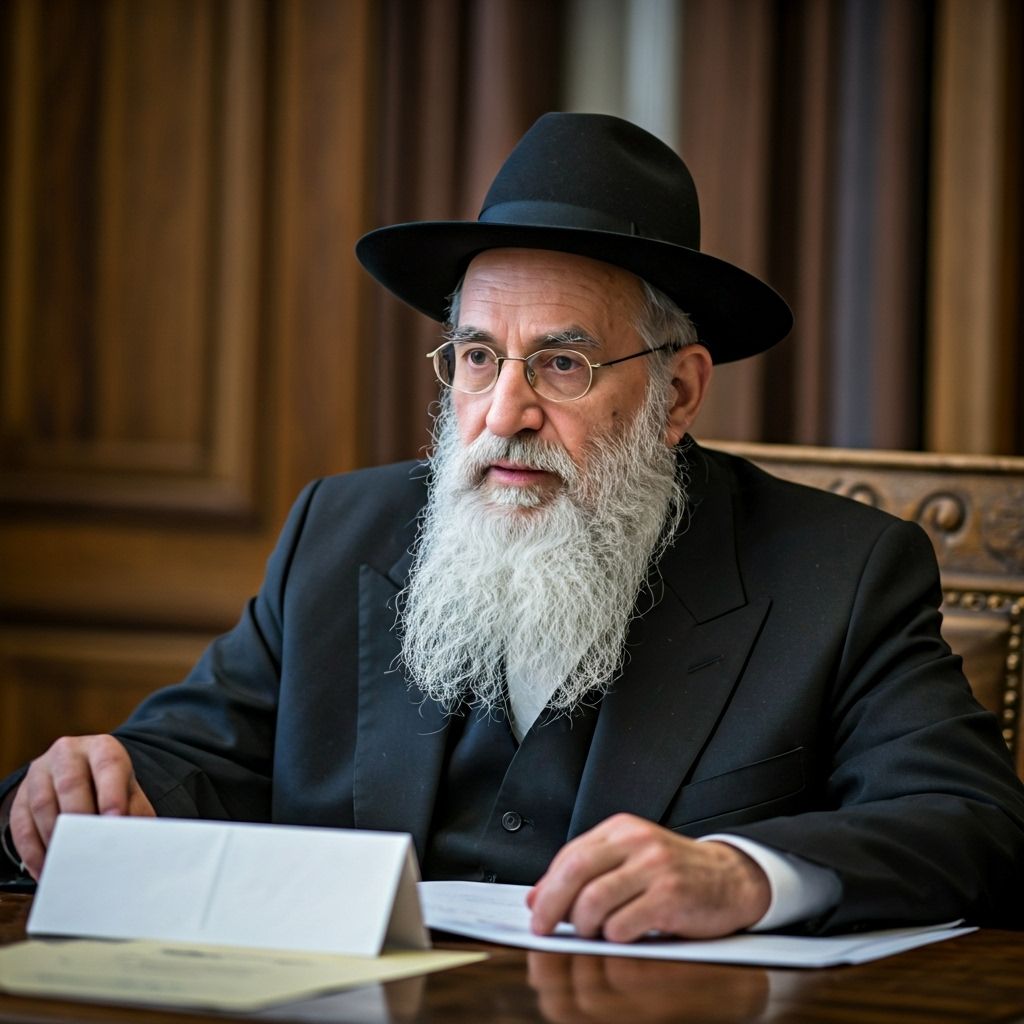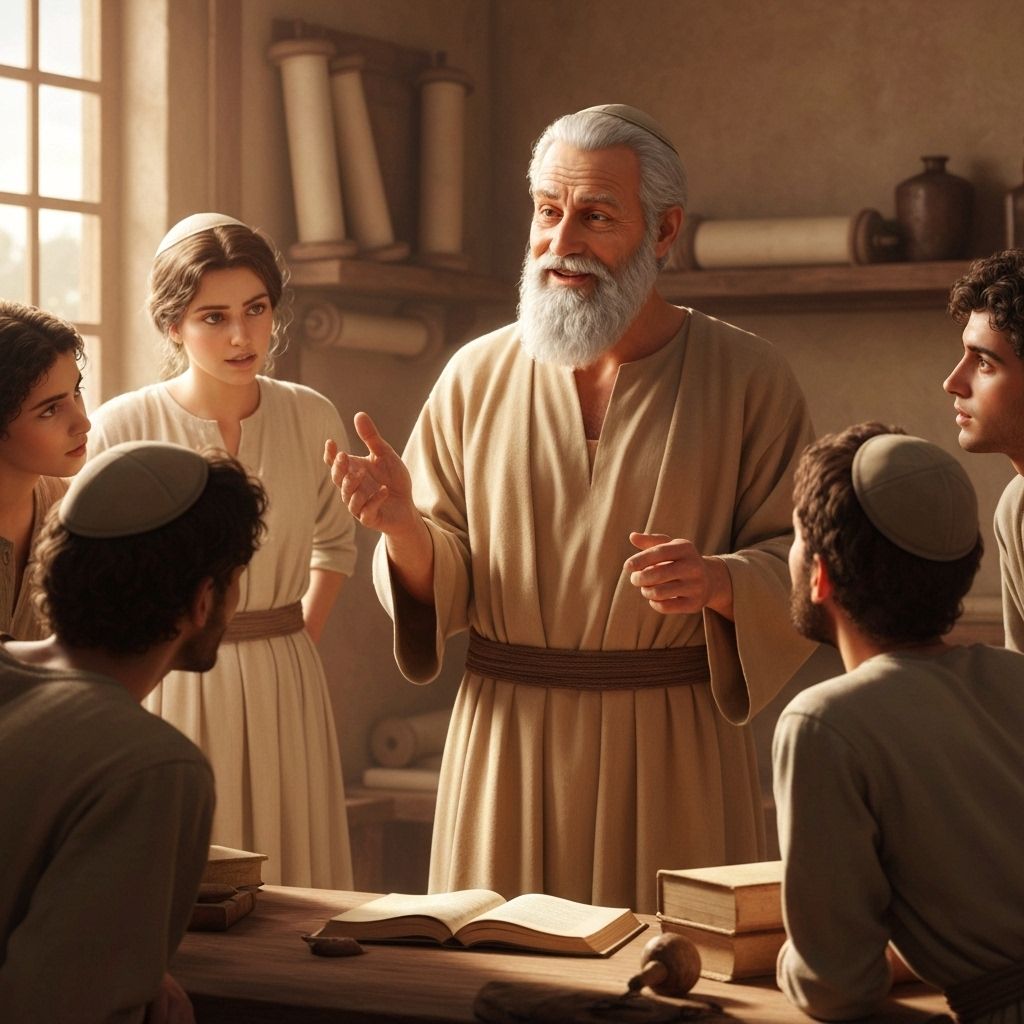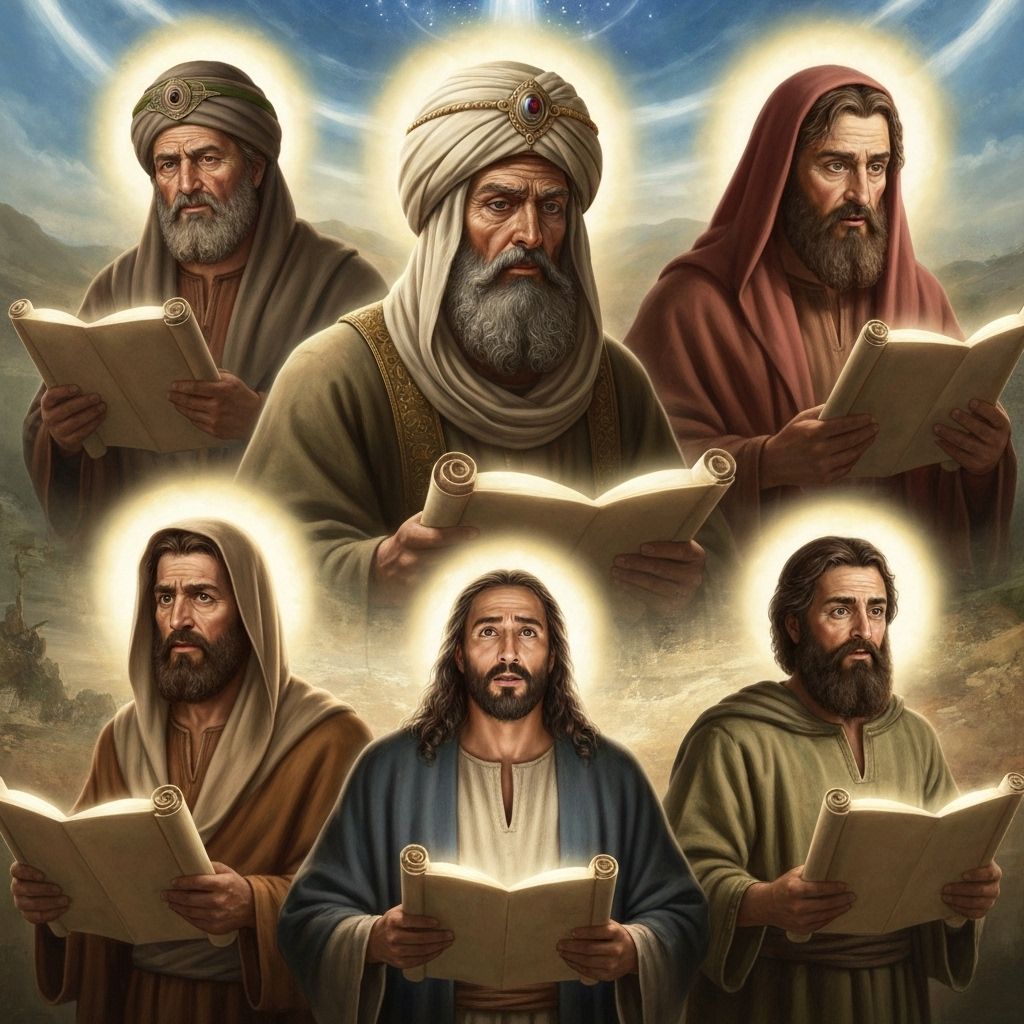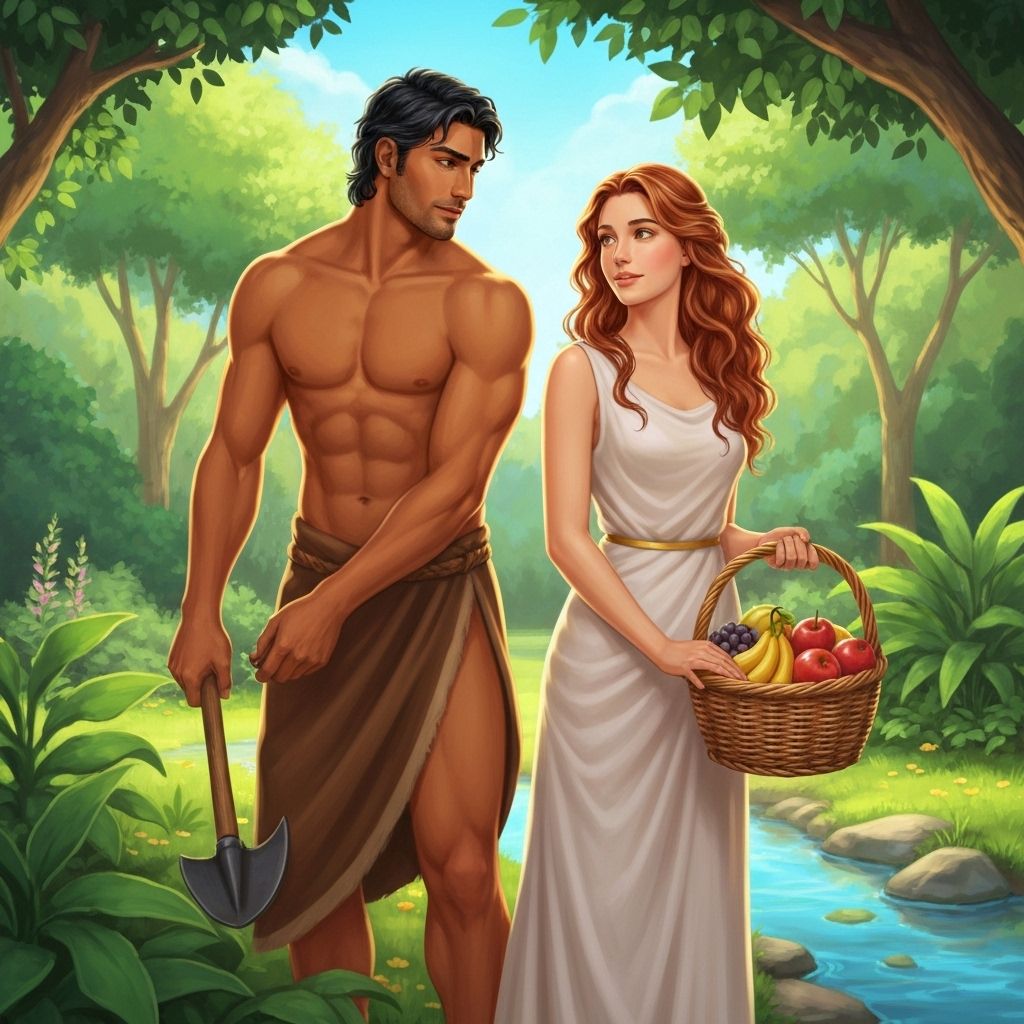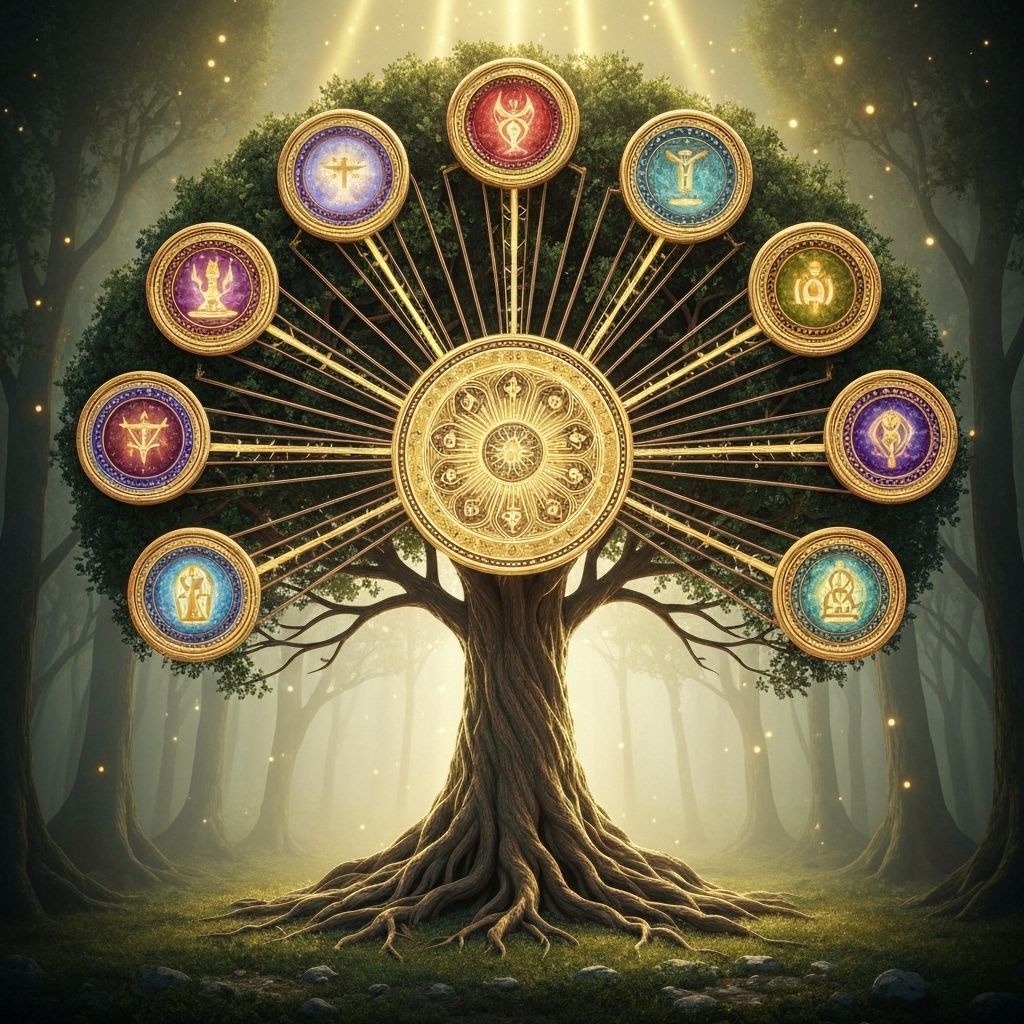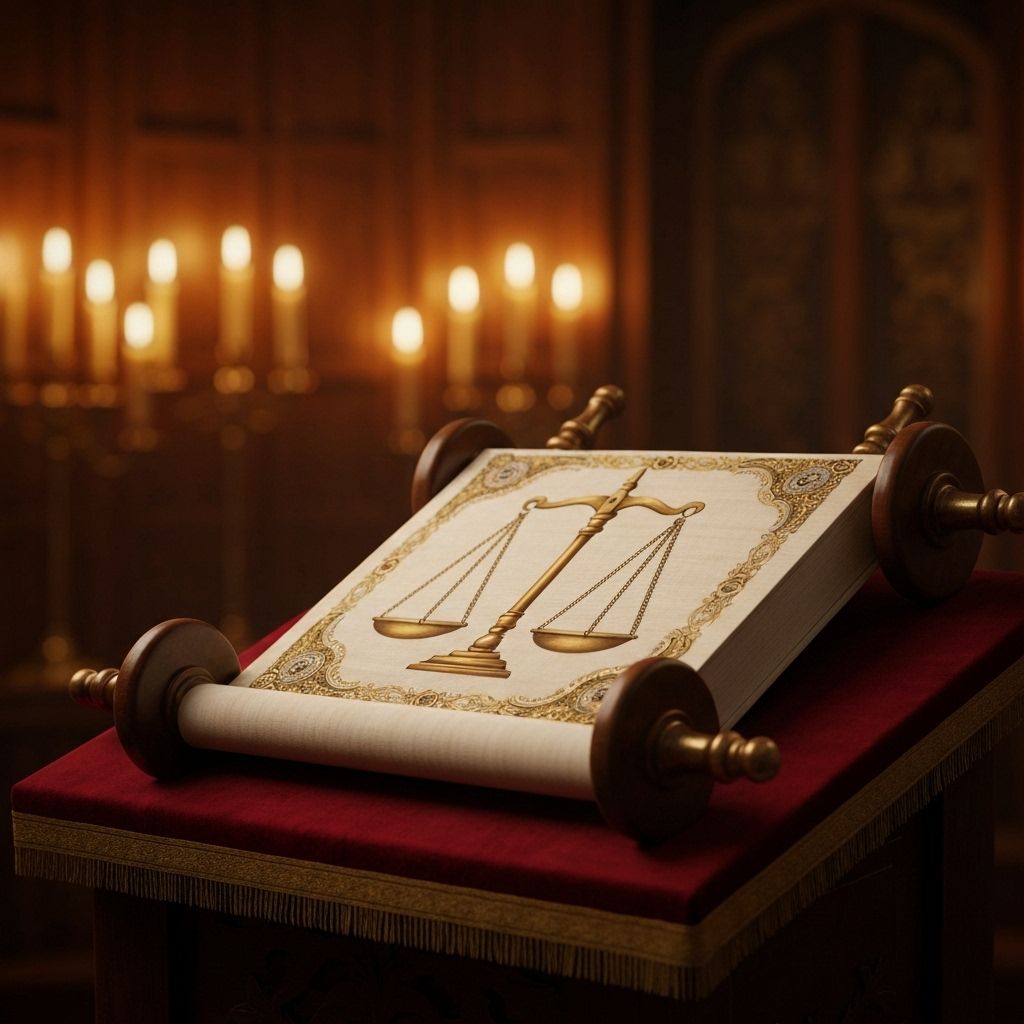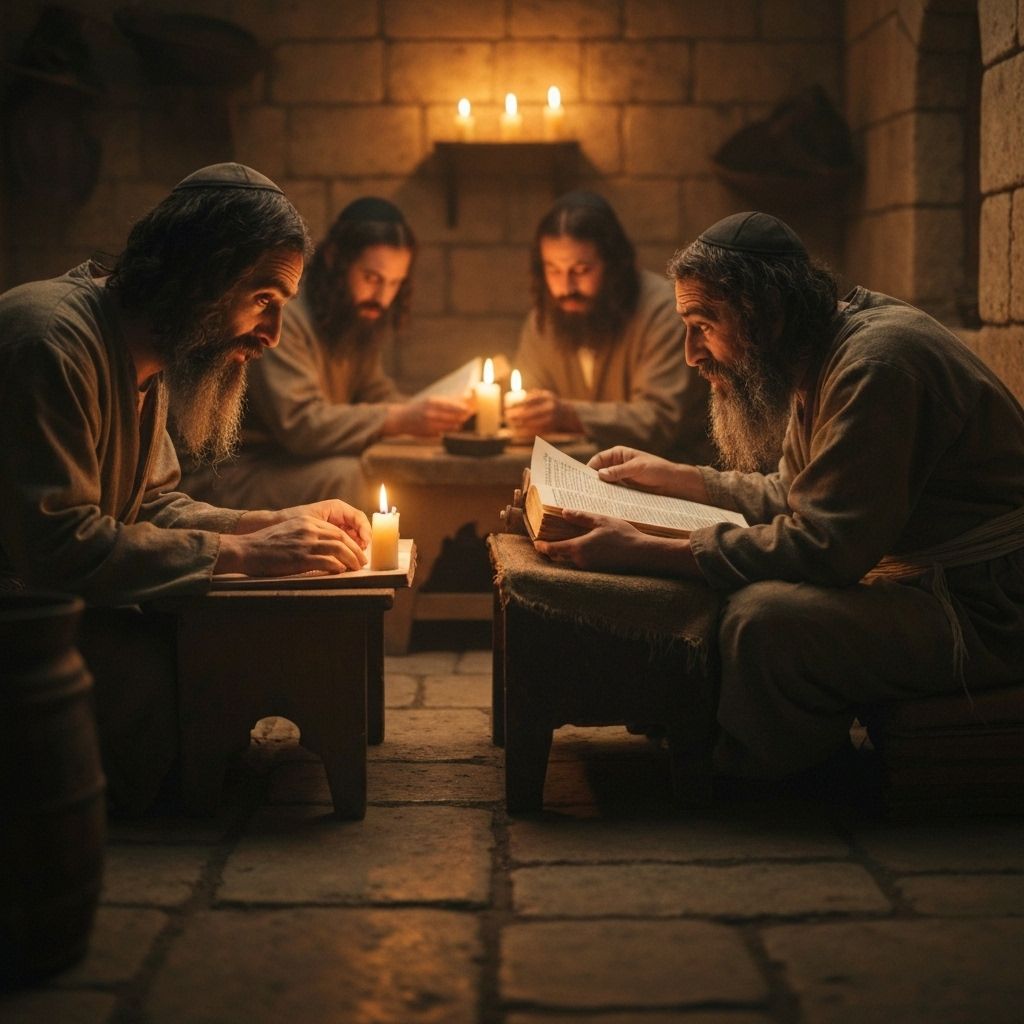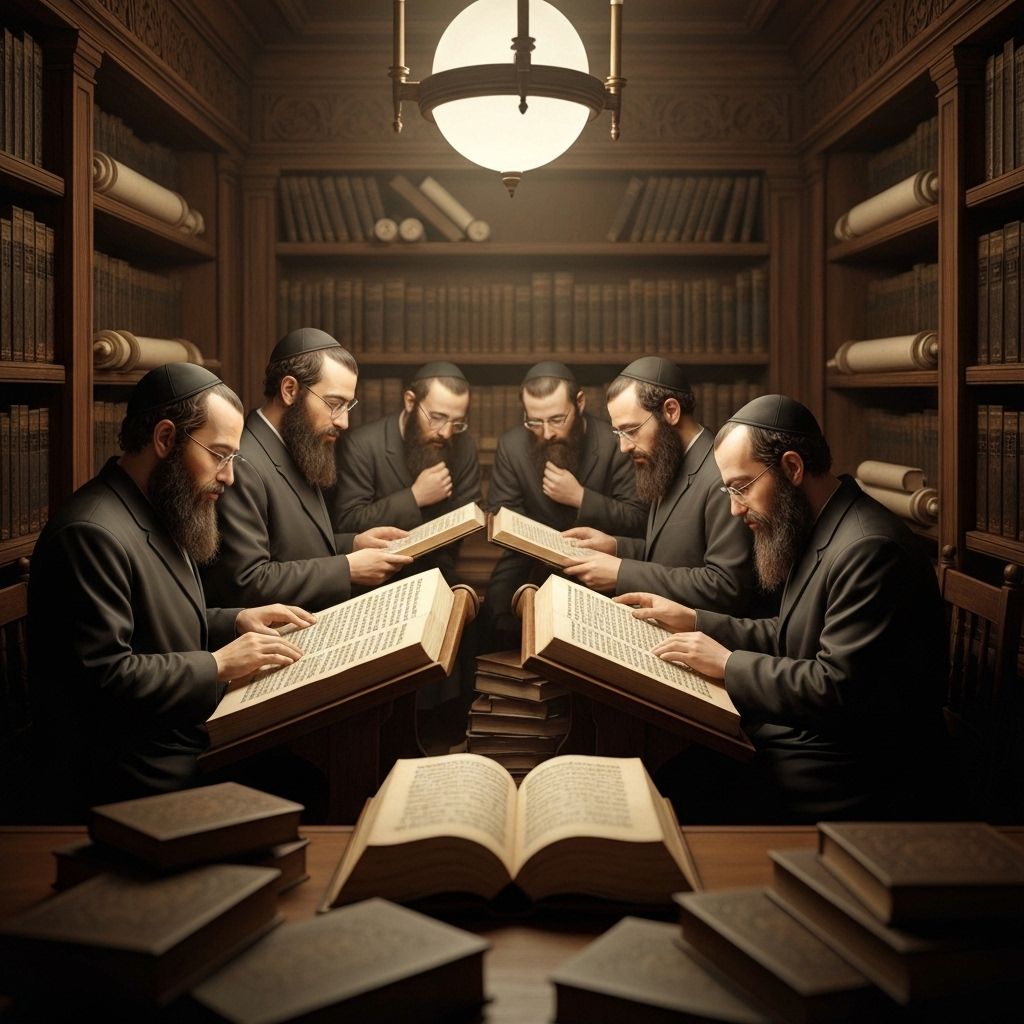3-Minute Summary
The Words of the Torah Explained with Help from Rashi and Ramban
Rashi (1040-1105) was a medieval French rabbi whose commentary on the Torah and Talmud is considered essential reading. His explanations focus on the plain meaning of the text and are known for their clarity and accessibility.
Ramban (1194-1270) was a Spanish rabbi, physician, and philosopher who provided deeper mystical and philosophical insights into the Torah, often building upon Rashi's work while adding his own profound interpretations.
The parsha begins with Hashem instructing Moses to 'come to Pharaoh' for a final confrontation, showing divine determination to complete the process of liberation despite Pharaoh's repeated resistance. The Hebrew word 'bo' (come) indicates both physical approach and spiritual readiness for the climactic moment.
Hashem's warning of the locust plague emphasizes its unprecedented severity—unlike natural locusts, these will be supernatural in scope and destruction. Hashem distinguishes between this plague and previous ones, showing an escalation in both judgment and the opportunity for final repentance.
Pharaoh's courtiers urge him to let the people go, recognizing that Egypt is 'destroyed' by the plagues. Their advice represents the voice of reason and self-preservation, but Pharaoh's stubbornness shows how absolute power can blind leaders to their own best interests and the welfare of their people.
The locusts arrive as predicted, leaving nothing green in Egypt and causing unprecedented devastation. Pharaoh urgently summons Moses and Aaron, promising to let the Israelites go if the locusts are removed, showing his desperation and the effectiveness of divine judgment in changing hearts.
Moses prays and Hashem removes the locusts, but Pharaoh reneges once again, demonstrating the pattern of superficial repentance followed by reversion to evil. This teaches us that genuine change requires more than fear—it demands transformation of character and commitment.
The plague of darkness lasts three days, creating supernatural darkness that can be felt and that spares only the Israelites' homes. This plague targets the Egyptian sun god Ra, showing that divine power transcends all human deities and systems of belief.
Hashem distinguishes between the Israelites and Egyptians during the darkness, emphasizing divine precision and protection. The Israelites have light in their dwellings while Egypt suffers total darkness, demonstrating that spiritual reality can create physical distinctions.
Pharaoh's final concession allows the Israelites to leave but refuses to let them take their livestock, attempting to maintain some control even in defeat. This partial compliance shows the psychology of compromise when confronted with overwhelming power.
The institution of Passover represents the transition from slavery to freedom and from divine judgment to divine mercy. Hashem commands specific preparations and rituals that will forever commemorate this moment of liberation and create an eternal connection between the Jewish people and their history.
The Passover offering requires a perfect lamb, slaughtered at twilight and eaten in haste with unleavened bread and bitter herbs. This ritual creates embodied memory—through taste, action, and timing—that ensures the story of the Exodus will be transmitted to future generations.
The blood on the doorposts serves as both a sign of faith and a mark of protection. The Israelites must actively participate in their own salvation by applying the blood, teaching that divine promises require human cooperation and that faith must be demonstrated through action.
Hashem's promise that the angel of death will 'pass over' the marked homes establishes the principle of divine protection based on covenantal relationship. The blood represents both the sacrifice that atones and the faith that protects, creating a foundation for all future divine-human interactions.
The parsha concludes with the command to observe Passover forever as a memorial of this night. This eternal obligation transforms a historical event into a living tradition, ensuring that each generation will personally experience and retell the story of divine redemption.

